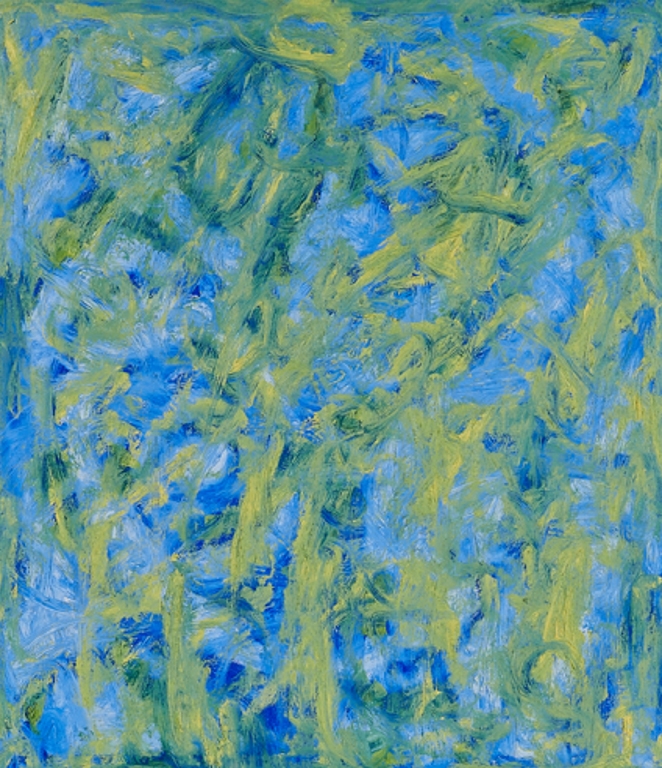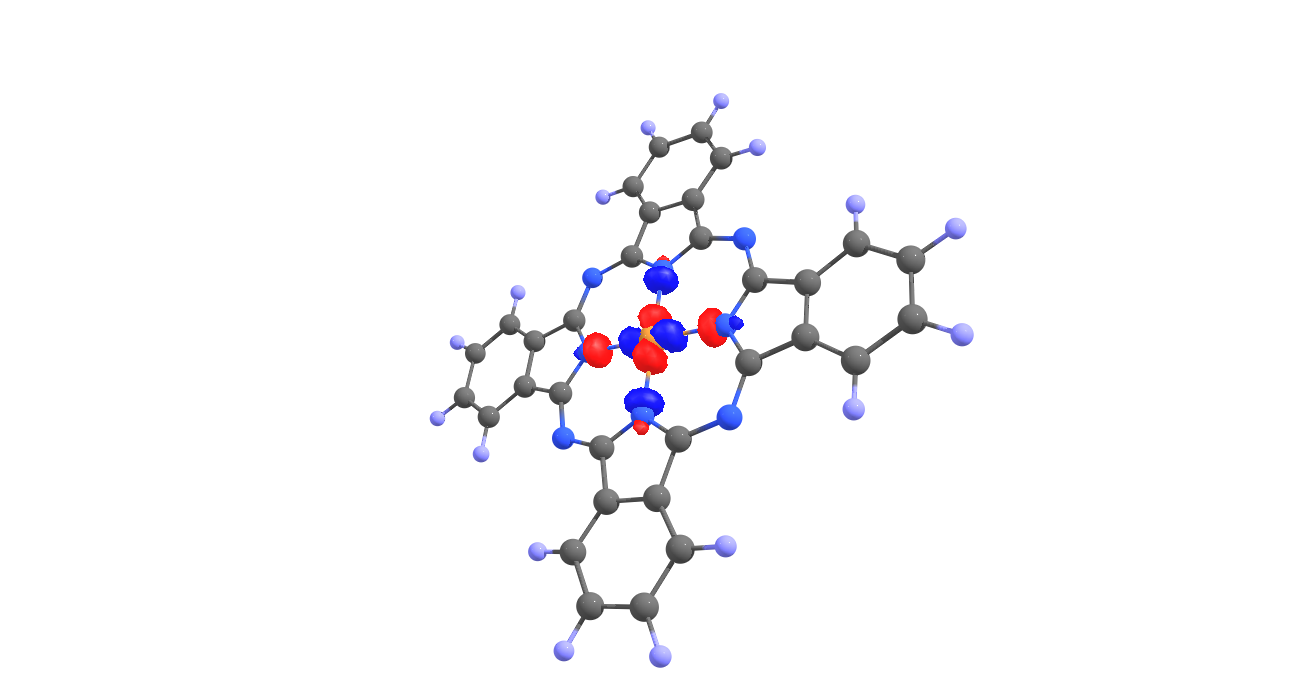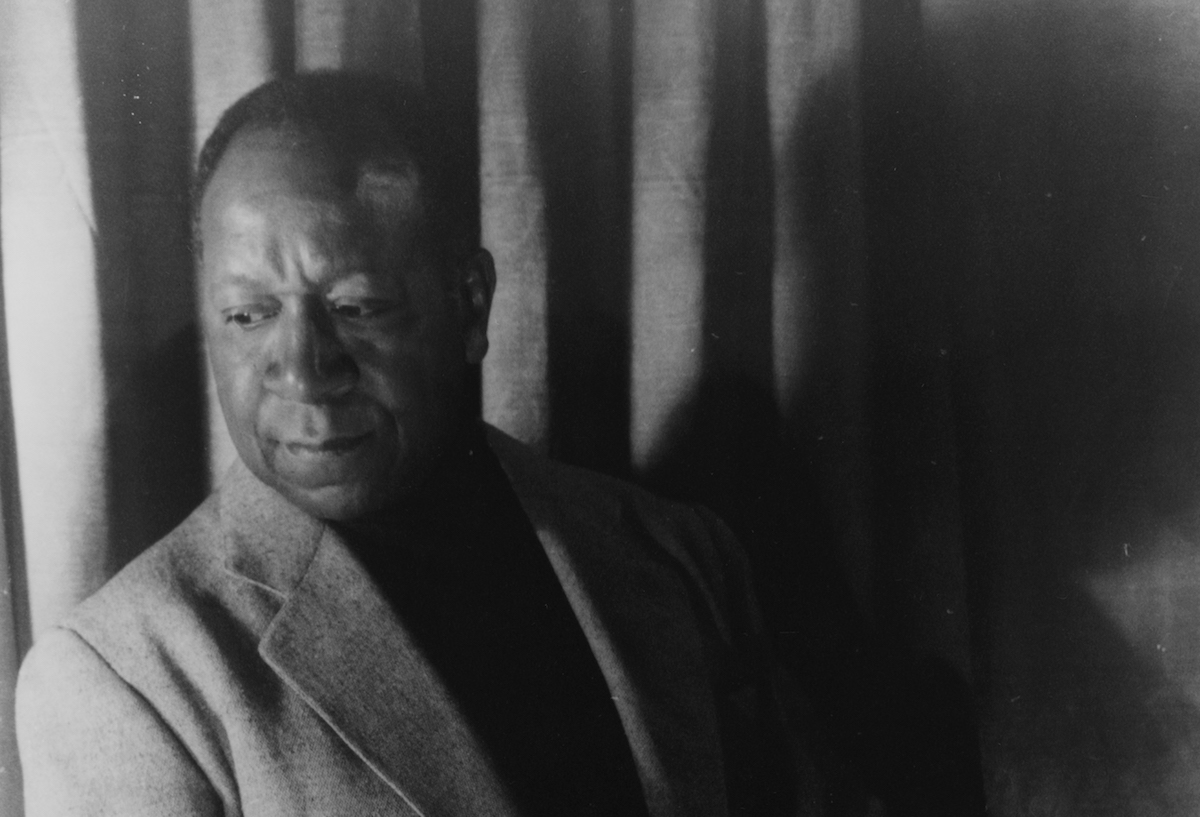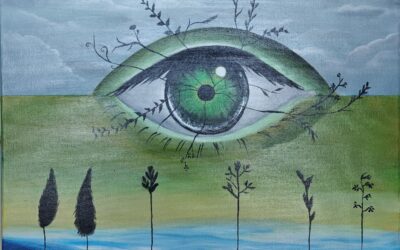By Alexa Griffith
University of Tennessee Knoxville
Before my trip to Paris in 2017, I received a scholarship to complete an art research project. I looked for inspiration throughout my trip studying art history, which I must say, is not hard to find in Paris.
Despite the extensive number of alluring paintings at the Louvre and the Musée d’Orsay, a story about Beauford Delaney, an artist from Tennessee, caught my interest. His beautiful, eventful life was displayed so clearly through his paintings and I had the pleasure of viewing several of them at a Paris gallery. As a chemistry student, I began to look for ways to connect Beauford’s work to my own.
The integral role that chemicals play in history has always fascinated me. In this project, I set out to research how the chemistry of paints has shaped the history of art. Paint and dyes began to make their impact in the world about 30,000 years ago, and since then, vibrant colors have filled our bodies and our walls. Through my investigation, I became interested in the color “blue” and its importance in society.
The history of blue is quite fascinating; it was wasn’t preferred by the Greeks and Romans because blue dyes like lapis lazuli were rare and expensive, and the hue quickly faded. Even during the high Middle Ages, blue was an insignificant color with little value in European culture. Art from this era depicted the sky as white, red, or gold instead. Blue gained popularity during the early Christian era, and the use of blue in mosaics led to the color becoming a representation of light. The Virgin Mary adorned in a blue cloak is a universal symbol of purity, and blue has implications as a color of royalty thanks to Louis XIV.
Today, blue takes on a variety of significances, including the sadness of “feeling blue.”
My research project aimed to use the social and historical context of blue to investigate not only how our eyes perceive the color, but also the details about it that our eyes cannot see. Influenced by Beauford’s imaginative use of blue in paintings like Blue Light Abstraction, I began by gathering different blue pigments and analyzing them with infrared (IR) spectroscopy.

Blue Light Abstraction
(ca. 1962) Oil on canvas
© Estate of Beauford Delaney
by permission of Derek L. Spratley, Esquire,
Court Appointed Administrator
One of the pigments was Phthalocyanine Blue BN (phthalo blue), which has the molecular structure of copper phthalocyanine. I found the symmetry of the molecule interesting and began to run computational calculations on the complex. I simulated an IR spectrum, compared it with the pigment, and calculated electronic structure properties.

Copper phthalocyanine blue molecule
Above is one picture from the computational study of a copper phthalocyanine blue molecule. The red and blue areas represent orbitals of the copper and nitrogen atoms.
This art project, which I completed in 2018, gave me the opportunity to try something new and learn about how closely chemistry and art are intertwined. Thanks to Beauford’s life and art, I was able to find the inspiration that led me to study blue.
Reference:
Pastourea, Michel. Blue: The History of Color. Princeton University Press, 2001.



